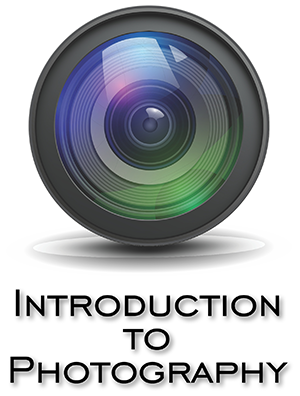
Underwater Imaging
Images and text by Paul Illsley

Itís a different world down there. For those of us fortunate enough to explore this wonderful world with SCUBA tank or snorkel we know how arresting it can be. Itís hard not to want to record images of our adventures in order to help others gain more of an appreciation of this rarely seen environment.

There are lots of options for underwater photography equipment. If you want to go all out you can purchase an underwater housing for your DSLR and a set of lights to illuminate fascinating creatures hiding in rock crevasse or go with an inexpensive waterproof point and shoot camera that allows you to get those quick shots of fish or coral near the surface.

One option I have used with good success is a waterproof sport camera (like a GoPro) attached to the foot section of a monopod. I like this setup because it is relatively inexpensive and simple. The extended monopod allows you to place the camera close to your subject without interfering with its activities. All the images on this page were recorded with this setup while snorkeling.

Another useful feature of this monopod setup is that it allows you to place the camera beside or below your subject to get that unique perspective. I have attached a 20 foot tether to the monopod (attached to my wrist with a Velcro strap) so I can lower the camera below me (when snorkeling) in order to get images of those hard to reach spots.

One nice feature about this type of camera is its intervalometer feature. You can set the camera to record 1 image every Ĺ second which allows you to focus on positioning the camera and not worry about pressing the shutter at exactly the correct moment. You simply swim along and when you see something interesting you start the camera and position it for the shot. The wide angle lens helps you get great images from about 1 foot from the camera to as far as you can see.

If you want, you can add lights to the camera setup to add colour to the animal and plant life close to the camera. Lights are handy for correcting for the blue or green filtered light you find underwater. Red is the first colour to get absorbed by water so the deeper you go the more blue the light becomes. You can compensate for this colour shift by using artificial lights to restore the naturel colour or by adding a red filter to help compensate for blue shift in colour.

One thing to remember when recording underwater images with lights, or an electronic flash, is to try and position the lights so they arenít next to the camera. If the lights are parallel to the shooting angle you will get reflections off any suspended particles in the water which will appear as white specks in the image (this is called backscatter). If you move the lights away from the camera so they point at the subject at a 45 degree angle, you wonít see as much backscatter.

Take your time when you approach a subject. Creatures are startled by movement so the slower you can approach the subject the better your odds of getting a good shot. If you are snorkeling, try and keep the sun at your back, this will help illuminate the subject better. Also try and move the camera so it is horizontal to or below your subject, as this will give you a different perspective.

The closer you can get to your subject the sharper your image will be because you are shooting through less water which tends to soften the image. Record more images than you think you need, you can always delete them after the dive and itís better to have more choice and no regrets about missing something. Have fun exploring.
Return to IntroductionToPhotography.com
| 
















